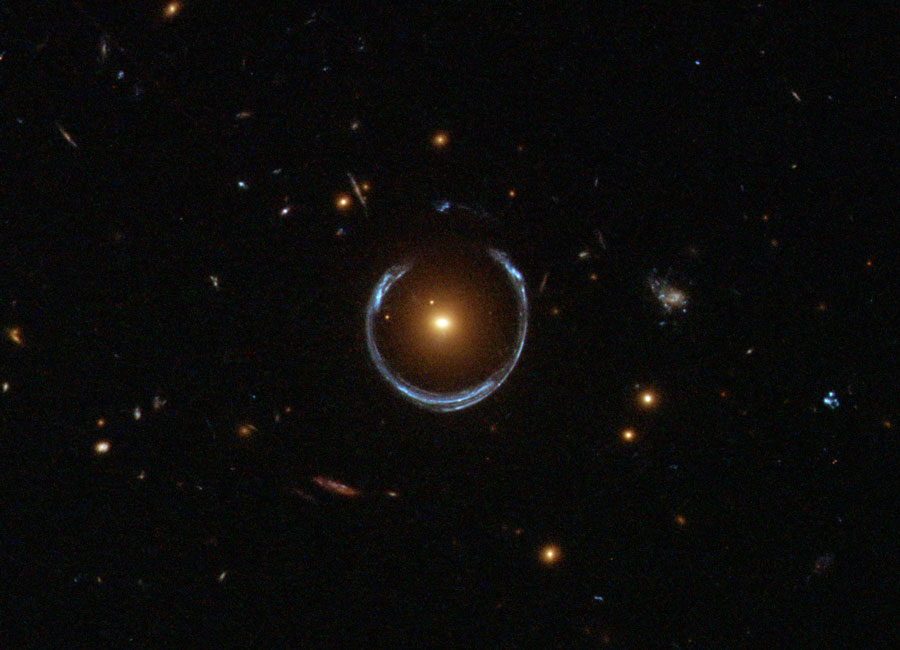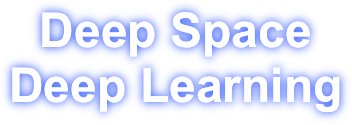Posted by coljac in General, PhD | 0 Comments
Welcome to DSDL
Welcome to “Deep Space, Deep Learning” where I will be blogging about my work at the intersection of machine learning and astronomy.
After a career in tech and politics I have been fortunate to have the opportunity to go back to my true love: science. Earlier this year I began my a PhD at the Centre for Astrophysics and Supercomputing at Swinburne University. CAS is a great centre with a buzzing vibe and lots of interesting work happening. I am fortunate to have two great supervisors in Prof Karl Glazebrook, an astronomer of some renown, and Dr Chris McCarthy, a computer vision researcher. What an interesting combo, something I will be exploring more here and in my work.
My area of research involves applying modern machine learning techniques to astronomy problems. In particular, I am training neural networks to search astronomy databases for gravitational lenses, one of the most amazing proofs of Einstein’s general theory of relativity.

An Einstein Ring, the “Horseshoe Lens”. How can we find more of these? Image: NASA
For centuries, astronomy was a solitary affair. A single astronomer could painstakingly collect data over hours, days or years and then analyse it at her leisure. But the field is evolving rapidly. Modern astronomical instruments, and the surveys of the sky we conduct with them, are big science – they require ever larger amounts of money and ever-bigger collaborations. The volumes of data generated are entering the petabyte scale. How do we deal with so much interesting scientific data? Enter me and my little data science project!
On this blog I’ll be talking a bit about the Dark Energy Survey. DES is an amazing project, the collective work of hundreds of scientists looking to answer some fundamental questions about the nature of the cosmos. DES will map one eighth of the entire sky over 525 nights, each night collecting up to 2.5 terabytes of image data. This data, spanning hundreds of millions of galaxies, is rich in information about the history of the universe, but mining it is a data science challenge of the first order. I am fortunate to have been able to join DES and its team of hundreds of researchers around the world. I will be able to learn a lot from them, and if I’m lucky, contribute a little back to the project.
I’ll be back soon with more. In the next post I will look at how gravity bends light and how this can help us explore the history of the universe.
